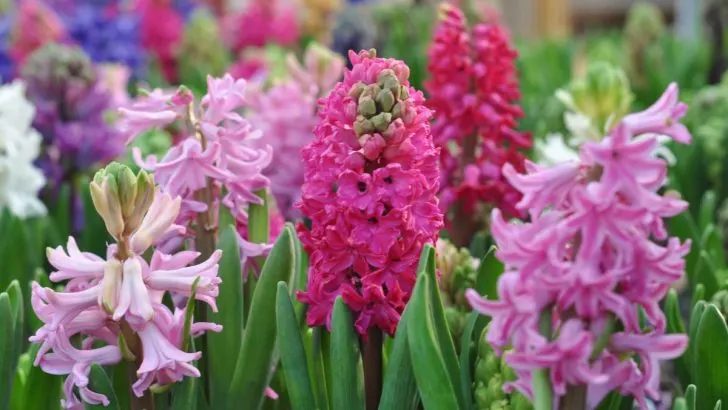When we think about bringing the outdoors inside, we often envision lush greenery cascading throughout our living space, purifying our air and providing aesthetic calm.
However, not all plants are suited for life indoors, especially if you or someone in your home battles with allergies. Let’s dive into the world of plants you might want to think twice about before adopting them as indoor roommates.
A splash of green can certainly turn a drab corner into a vibrant oasis. But some plants, while beautiful and aromatic, can be more of a sneeze-inducing nuisance than a peaceful addition.
From pollen-packed blooms to dust-collecting leaves, certain florae can aggravate allergies or cause skin irritations, turning your sanctuary into a discomfort zone.
So, before you head to the nursery and fill your cart, let’s explore which plants you might want to leave behind.
By avoiding these common offenders, you can maintain a sneeze-free and comfortable environment at home.
1. Chamomile: The Allergen in Disguise
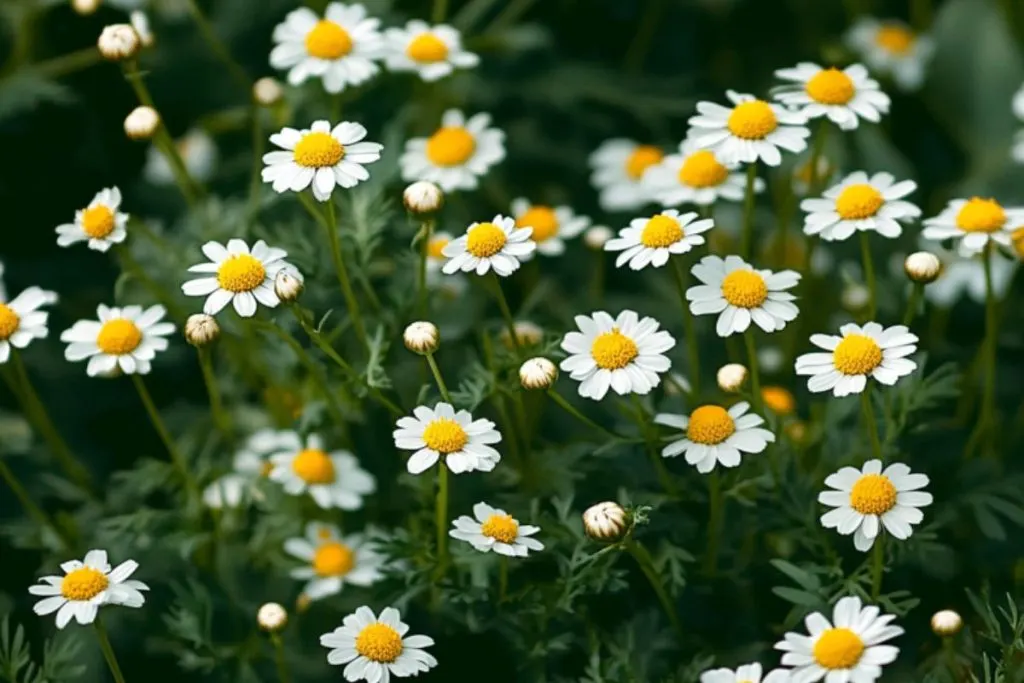
Chamomile may bring to mind calming tea and adorable white flowers resembling daisies. While it can appear to be a delightful choice for indoor decor, chamomile is notorious for its allergenic properties.
Its close relationship to ragweed means that it might cause those with allergies to experience more sniffles than sweet dreams.
Imagine sipping on a warm chamomile brew, thinking you’re on your way to tranquility, only to be met with itchy eyes and a runny nose. This plant deceives you with its peaceful look but may actually be a culprit in your allergy arsenal if kept indoors.
For those sensitive to pollen, chamomile is better left outside where its allergies can drift freely in the vast open space rather than linger in your living room.
Opt for alternative herbal teas indoors, and save the chamomile for your outdoor garden.
2. Ficus (Weeping Fig): Dust and Allergy Factory
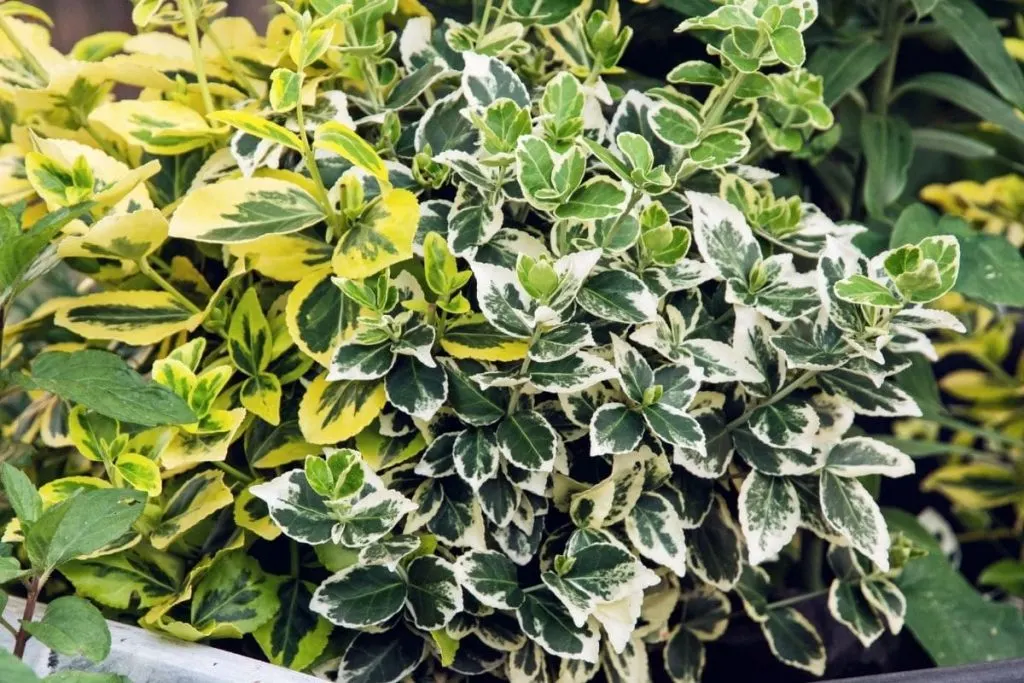
The Ficus, or Weeping Fig, is a popular choice for its elegance and air-purifying abilities. However, it also harbors dust particles on its sap and leaves, which can be particularly irritating to people with latex sensitivities.
The proteins found in ficus plants can mimic those in latex, leading to an uncomfortable reaction. Ever notice a layer of dust forming on your Ficus?
Those fine particles can easily become airborne, exacerbating symptoms for those with allergies, leading to sneezing, coughing, or worse. It might be a good idea to think twice before bringing this popular but problematic plant into your home.
Instead of accepting its dusty antics, discuss with your local nursery expert about other visually appealing and less allergenic plants for your space.
Chrysanthemum: Beautiful But a Potential Hassle

Chrysanthemums are eye-catching and have some medicinal uses, but they can seriously unsettle your allergies. Their vibrant presence and pollen can lead to skin irritation and other allergic reactions.
Don’t let their beauty fool you. Chrysanthemums are better admired from afar or at least outdoors, where they can play their part in nature without disturbing indoor air quality.
While they might light up your garden, bringing them inside could turn your cozy den into a sneeze party. Leave these beauties to thrive outdoors, away from your close quarters.
Palm Trees: Only Some Are Welcome
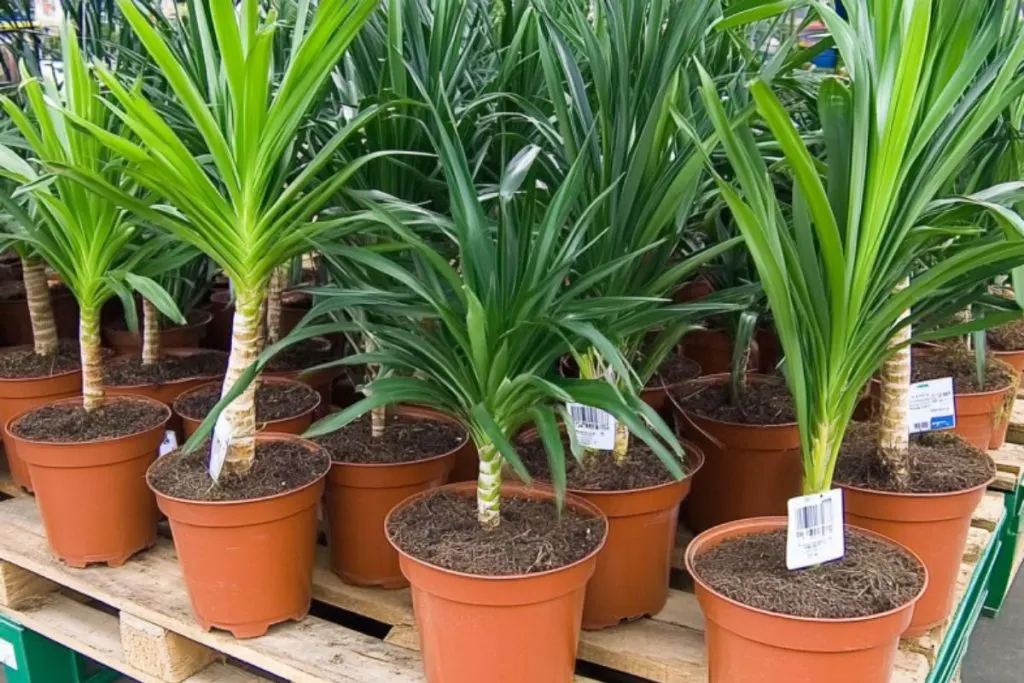
Indoor palm trees bring a touch of the tropics into your home, but male palms of this species are known for producing copious amounts of pollen. This can spell trouble for sensitive individuals, causing itchy eyes and burning throats.
Luckily, female palm trees do not produce pollen, making them a much better option for allergy-prone households. A quick chat with a nursery professional can guide you in choosing the right (female) palm for your home.
Instead of facing allergy woes, embrace a pollen-free indoor environment by selecting female palm trees, keeping your air quality clean and your spirits high.
African Violet: Dust Magnet in Your Midst
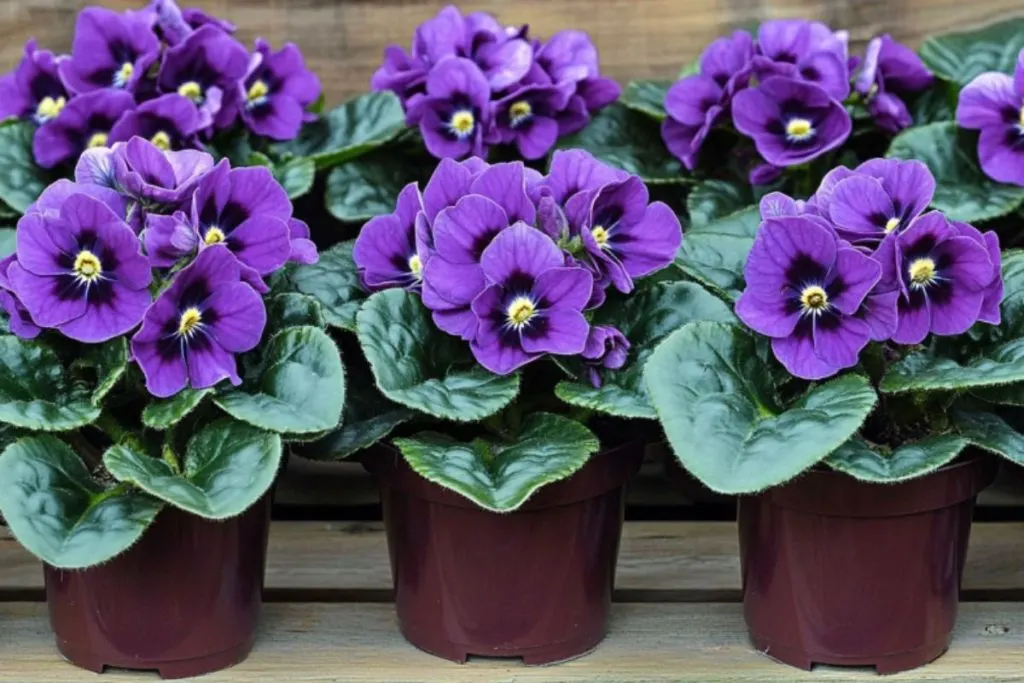
The African violet flaunts a charming appearance with its vibrant purple blooms and fuzzy foliage. Unfortunately, those fuzzy leaves also serve as prime dust collectors, potentially exacerbating allergies.
If you find these alluring plants hard to resist, regular maintenance is crucial. Gently clean the leaves to minimize dust accumulation and reduce allergy symptoms.
For those not willing to commit to the upkeep, consider other indoor plants less prone to hoarding dust. Your allergy-free self will thank you.
Hyacinth: Fragrant but Fickle

Hyacinths boast spectacular spring blooms and a fragrance that can fill a room. However, this strong scent can irritate allergy sufferers, and their bulbs can cause skin irritation upon handling.
If hyacinths are a must-have indoors, wear gloves when handling their bulbs to avoid a skin reaction, and perhaps keep them in well-ventilated areas to disperse their perfume.
Hyacinths might be best enjoyed as part of your garden, where their captivating fragrance can be savored without confinement.
Flowering Maple: The Misleading Bloom

Don’t let the name fool you: the flowering maple bears no relation to that towering tree in your yard. Its name comes from its maple-like leaves, but indoors, it can cause skin irritation and respiratory issues.
While the bell-shaped flowers can add a touch of beauty during summer, their potential to irritate makes them a tricky choice for indoor planting.
Consider other ornamental plants that bring beauty without the bother of allergies. There are plenty of options that will safely complement your interior.
Gerbera Daisy: Beware the Pollen
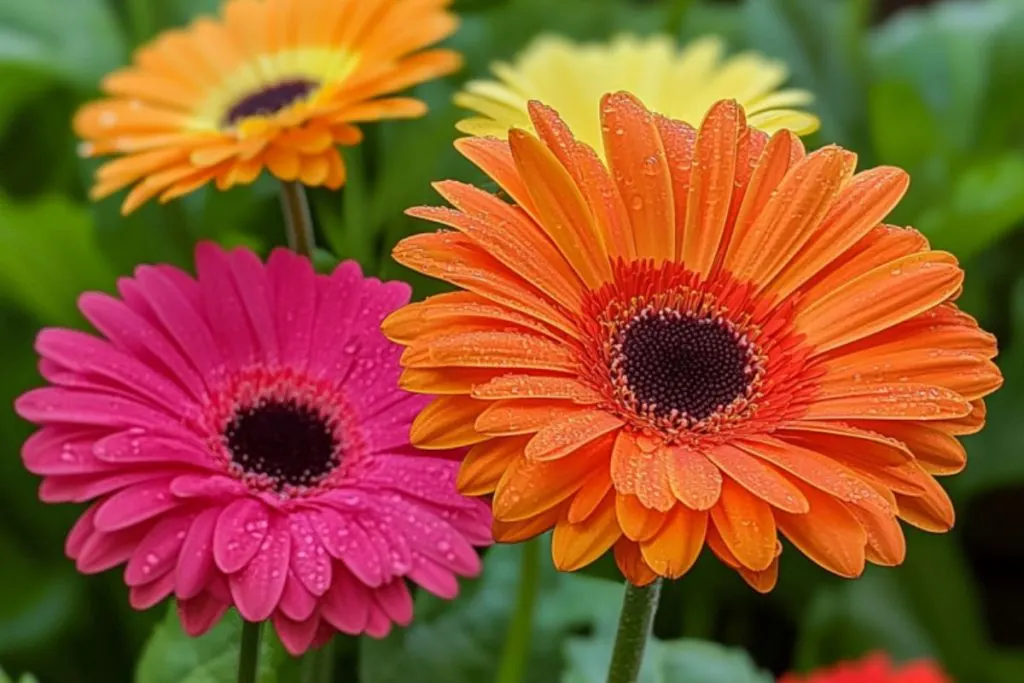
Gerbera daisies radiate warmth and color, often tempting plant lovers with their ease of care. But as part of the highly allergenic daisy family, their pollen can wreak havoc for individuals with asthma or hay fever.
While they might seem like a cheerful addition to your home, their pollen count can transform your living area into an allergy hotspot.
Look for low-pollen alternatives that radiate the same vibrancy without the sneeze factor.

